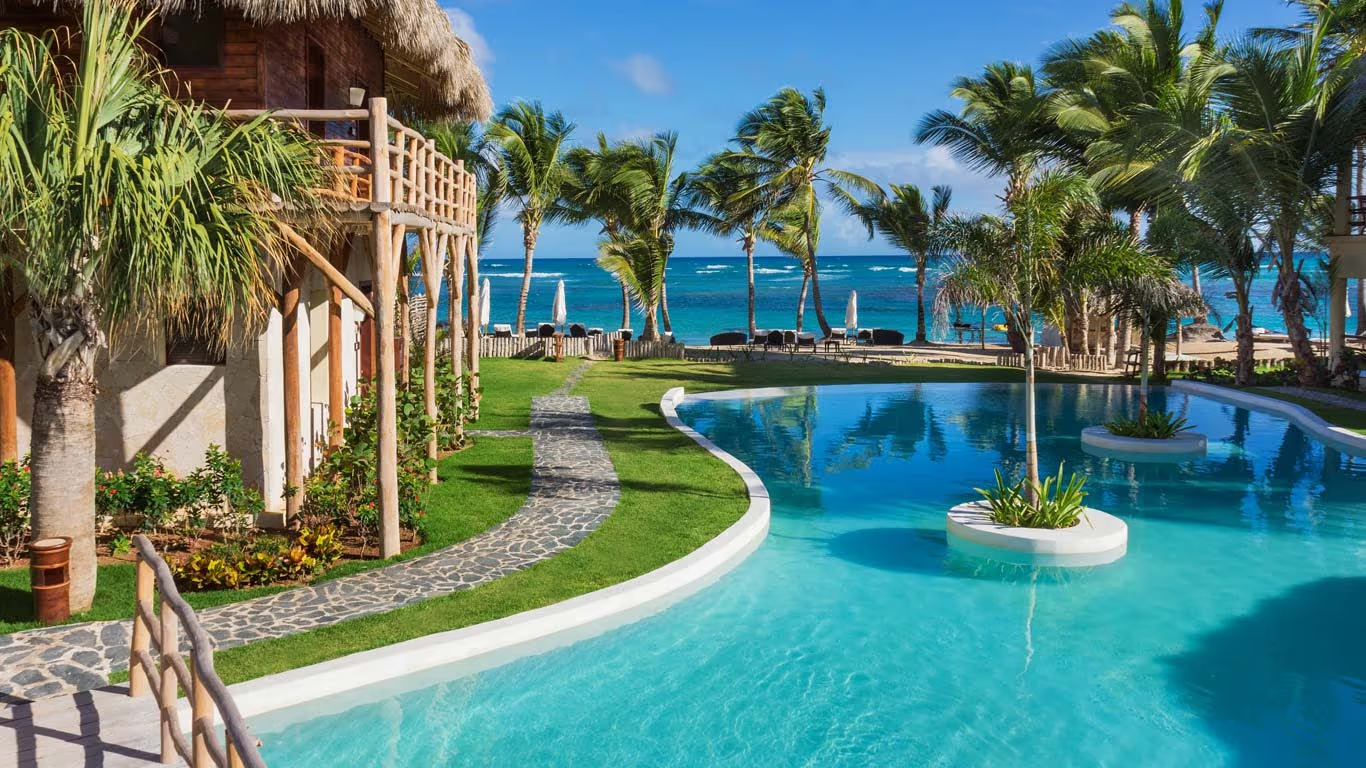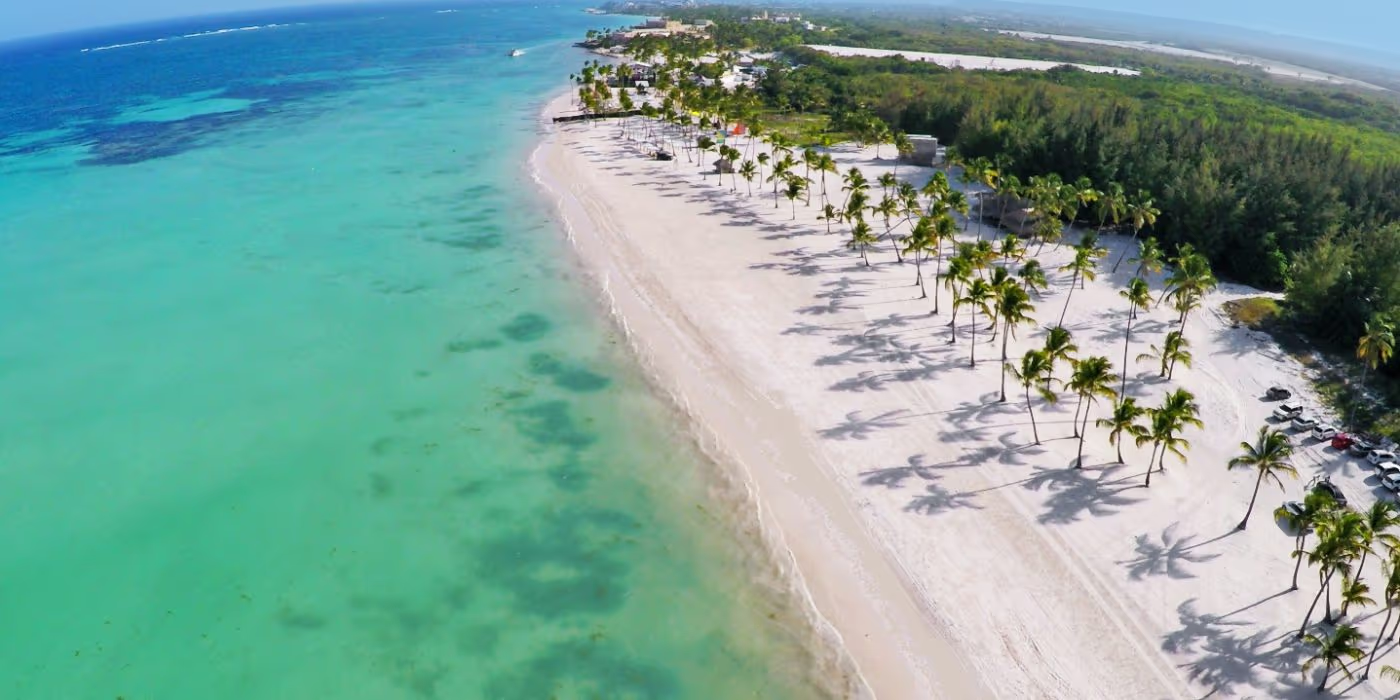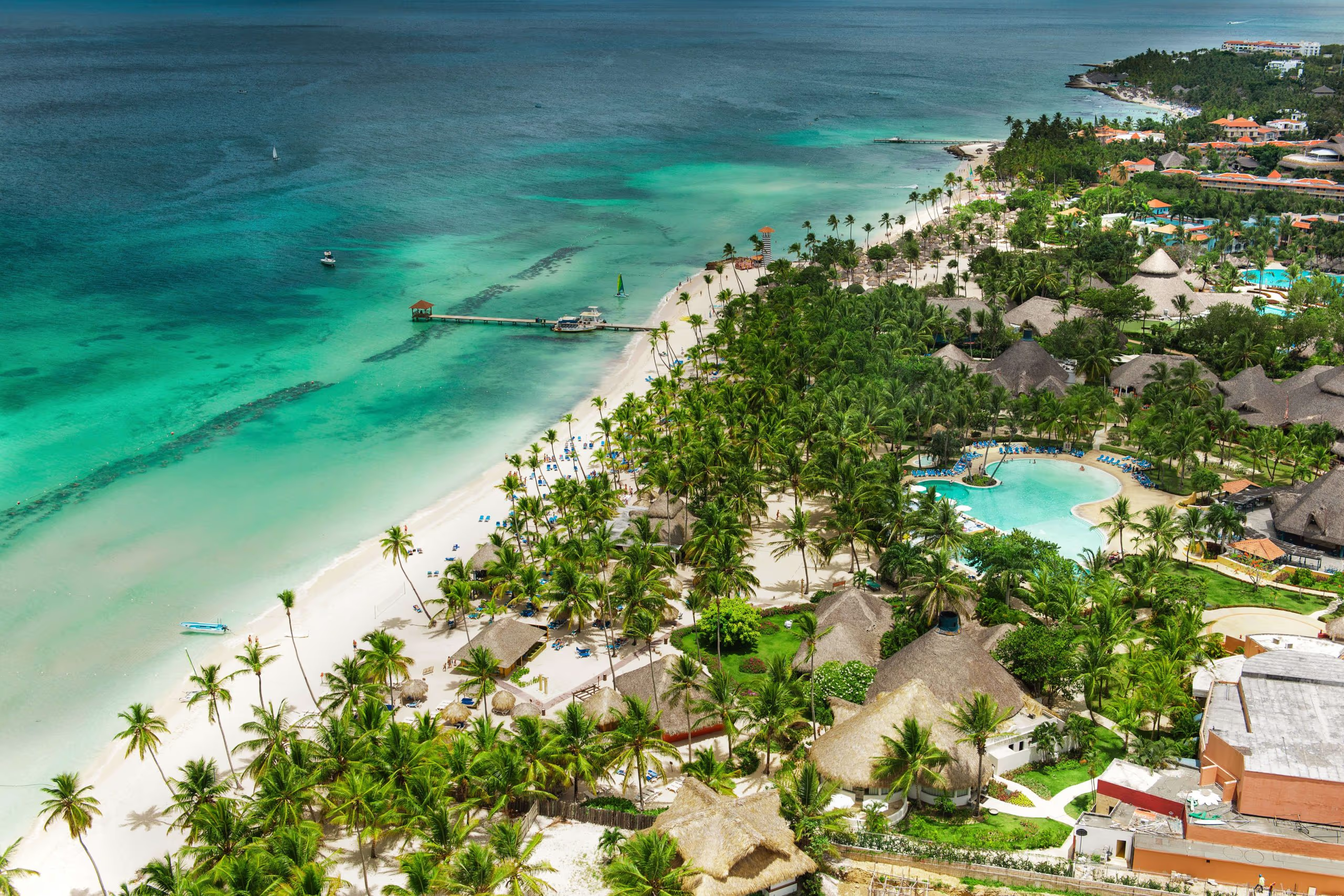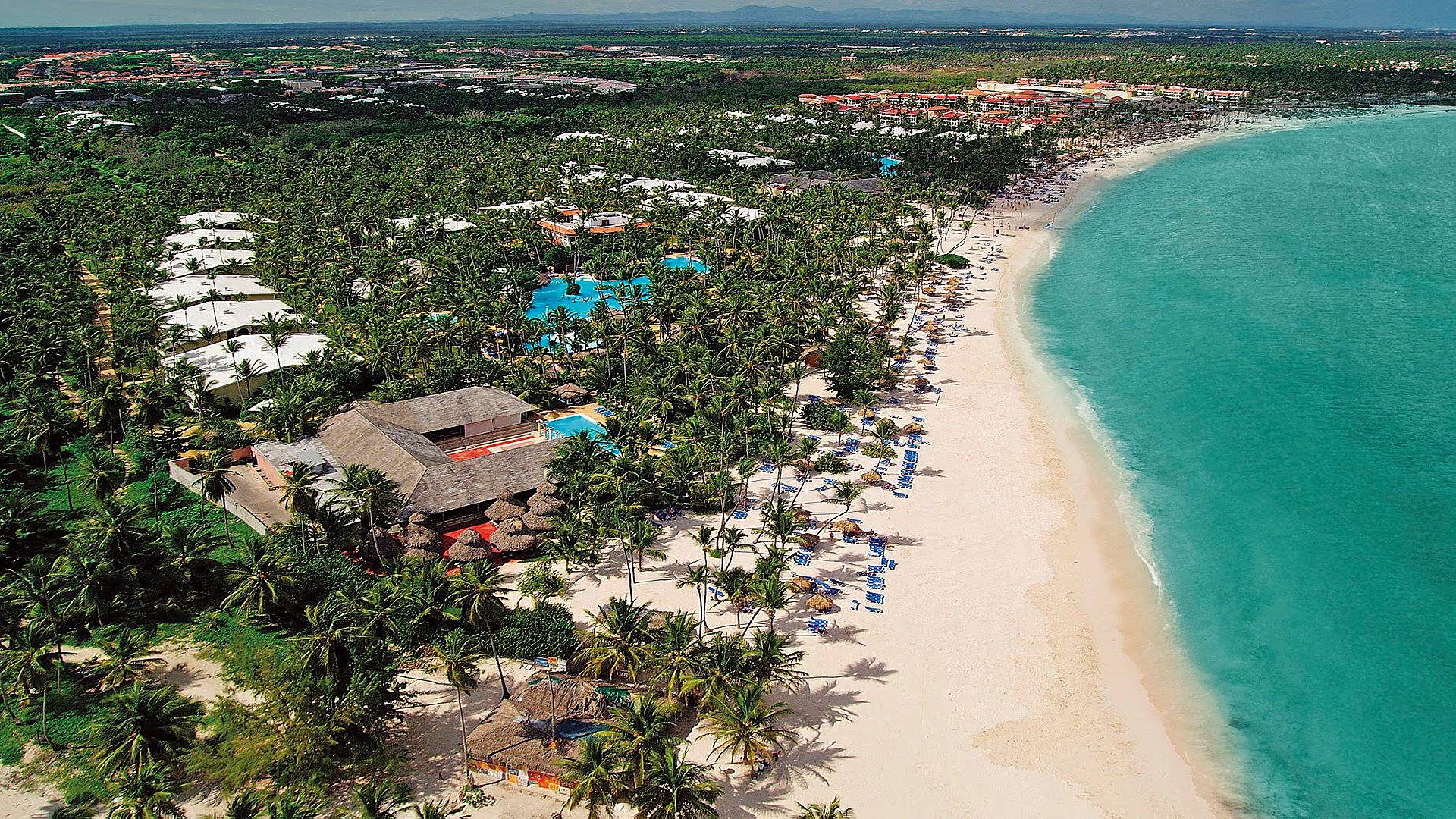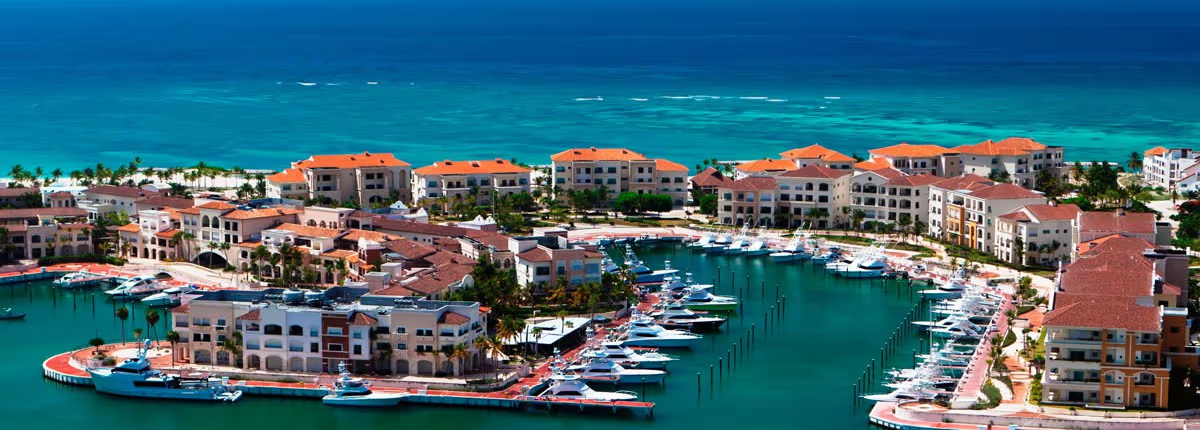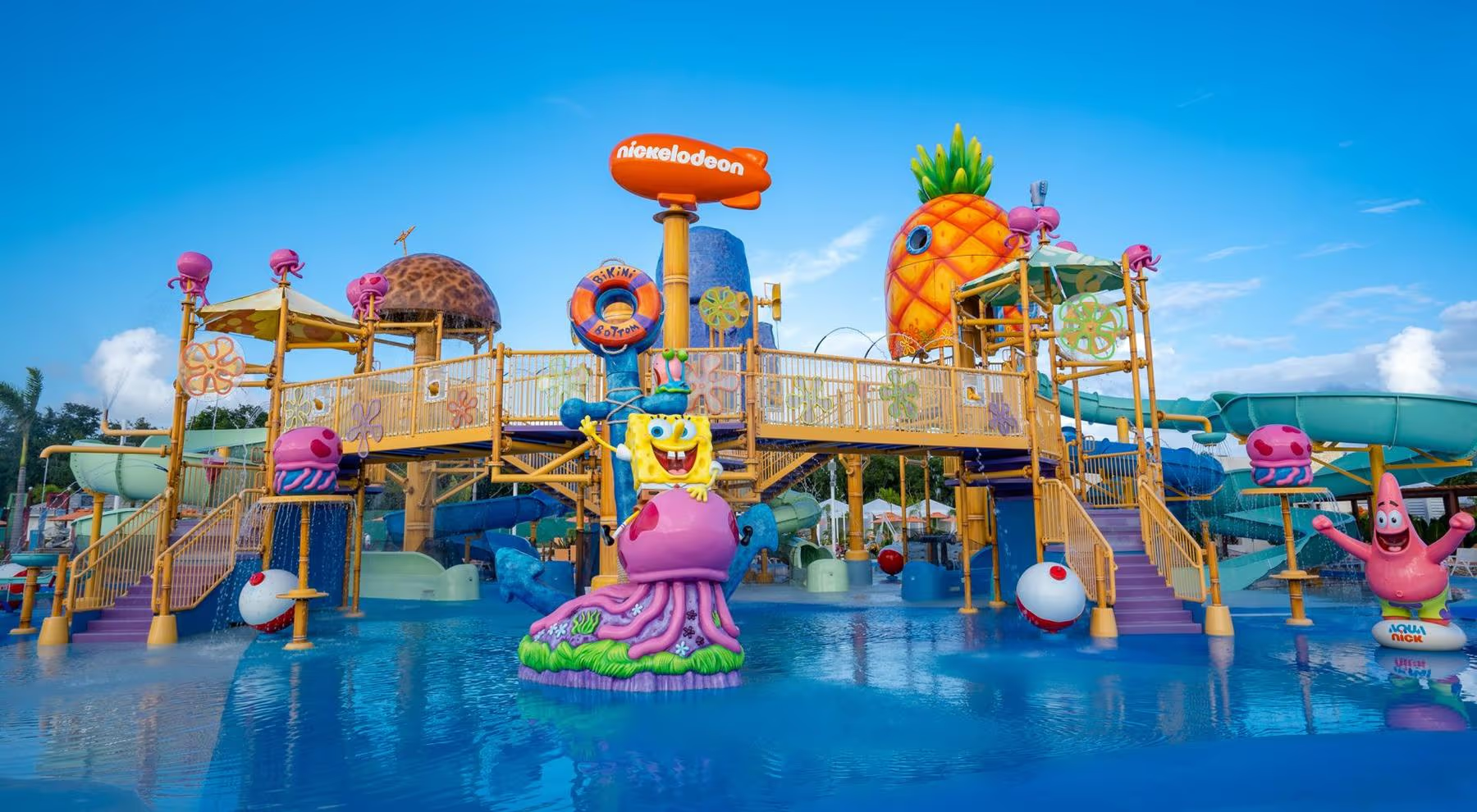Intro
Travel in 2026 is no longer about simply ticking destinations off a list—it’s about meaning, about intention and about how your trip reflects *you*. Reports from leading travel companies show a clear shift: longer stays, deeper experiences, tailored accommodations, and logistics that support your purpose. For savvy travellers, this means planning not just *where* to go, but *how* to arrive, stay and engage. In this guide you’ll find concrete insights to leverage these trends for your next holiday.
Quick Facts
- According to Hilton, the concept of “whycation” is rising in 2026: travellers asking “why am I going?” before “where am I going?” stands out.
- As per data from Skyscanner, 32% of US travellers say they will stay in accommodation that’s “part of the experience or destination” in 2026.
- A survey by Explore Worldwide reports 80% of respondents are interested in extended travel breaks in the next two years, and 41% look at sabbaticals of one to three months.
- Industry forecasts highlight growing guest demand for rural escapes, literary retreats, and slower‑paced travel rather than just high‑volume tourist routes.
Options & Comparison
Duration & Timing
You have two clear approaches for 2026:
– **Standard break**: 5‑7 nights, familiar destination, moderate travel cost.
– **Extended/slow‑travel**: 10+ nights (or even weeks), choosing less‑crowded seasons or off‑beat locations, diving deeper into culture/local life. Explore Worldwide’s data supports this shift toward longer stays.
Accommodation Experience
Instead of “just a hotel near the beach,” travellers in 2026 seek stays that become part of the journey. According to Skyscanner, nearly a third of users would pick accommodation that **is** the experience. On the flip side: if you prioritise lowest cost and minimal time in the room, you risk missing the value shift.
Arrival & Logistics Mindset
What many overlook: how you **arrive** and **settle‑in**. Smooth transfers, child‑seat/accessible vehicle support, reliable baggage handling and quick hotel access are increasingly viewed as part of the experience—not just an after‑thought. In 2026, poor logistics will feel more frustrating than ever because expectations are higher.
Why This Matters – Benefits for You
- More meaningful travel: Planning with intention (why you travel) means your holiday is more memorable. The “whycation” idea emphasises this.
- Better value & fewer crowds: Choosing off‑peak or lesser‑known destinations gives you space, better service, and a calmer arrival. Explore Worldwide cites growing bookings for lesser‑known regions.
- Smoother start: When you pre‑plan logistics (airport to hotel, luggage, access), you avoid early friction—especially important for families, mobility‑needs travellers or those with gear. Without this, the “first hour” can set a negative tone.
- Accommodation as part of the story: Staying somewhere that itself tells a story adds richness. When your lodging becomes the experience, you don’t just rest—you live something. Skyscanner data backs this.
How‑To: Step‑by‑Step
- Define your purpose: Ask: Am I travelling to reconnect, recharge, discover, celebrate, or simply escape routine? Your answer helps shape destination, duration and accommodation style.
- Choose your timing & destination zone: For 2026, consider shoulder seasons (for many destinations: early May, late October) to avoid crowd peaks and premium pricing. The trend toward slower travel supports exploring lesser‑known destinations.
- Select accommodation accordingly: Pick a stay that aligns with your purpose: wellness‑centric, design‑driven, culturally immersed, or family‑focused. If your hotel is nothing more than a box to sleep in, you may miss the shift hitting 2026.
- Book arrival logistics in advance: Ensure your airport‑to‑hotel transfer is pre‑booked, vehicle size matches your group/gear, child seats or accessible features requested, meet‑and‑greet arranged. This is no longer optional for seamless travel.
- Pack mindfully & build buffer: Logistics still matter—factor in flight delays, customs, baggage, and boring but critical steps. Allocate a “settling in” time slot first day so you arrive relaxed rather than rushed.
Pricing & Ranges
Although this isn’t a specific hotel booking guide, some benchmark numbers via Miro Travel for airport → hotel transfers give context:
– Private vehicle one‑way (nearby resort zones): **US$35‑US$60** per vehicle.
– Shared shuttle: from ~US$9 per person (for more stops, longer time).
These ranges show that spending a modest premium for direct comfort is increasingly considered part of the experience—not just cost.
Local Tips
- When you arrive, confirm your arrival‐transfer provider is authorised for your resort/gated‑community access. Pre‑booked drivers with name‑cards reduce wait times.
- If you’re travelling with children, mobility equipment or lots of luggage, explicitly request a vehicle with appropriate capacity, child seats or ramp access. Accidents happen when you assume “any vehicle”.
- Use the first day for light activities only. With 2026’s longer‑stay mindset, settling in smoothly is more valuable than squeezing in maximum sightseeing when tired.
- Avoid last‑minute taxis or ride‑share apps for airport to resort. Regulations, access and reliability vary by destination. Pre‑booking avoids hidden costs, wait times or entry issues.
FAQs
Q: How far ahead should I book my accommodation and transfers for 2026 trips?
A: As soon as your flights are confirmed. With extended‑stay travel trending and demand rising, early booking locks better stays, arrival logistics and value.
Q: Is travelling off‑peak or to less‑known destinations really worth it?
A: Yes. Packing density, crowding and premium pricing are increasingly viewed as detractors in 2026. Choosing shoulder seasons or lesser‑known locales means more space and service.
Q: Will I still face crowded hotels and lots of tourists in 2026?
A: Possibly—but you have more control now. If you pick timing, destination and logistics carefully, you can avoid the worst of the crowds and feel less “tourist‑herded”.
Q: Why should I invest more in the arrival logistics (transfer, vehicle, service)?
A: Because how you arrive sets the tone. A smooth start amplifies your satisfaction. If you begin with confusion, delays or cramped transport, it colours the experience.
Q: Can I rely solely on AI travel tools to plan everything for 2026?
A: AI tools are useful, but experts caution they may be weak in live logistics (vehicle access, gated‑community rules, child‑seat support). Human‑confirmed services still count.
References & Links
Ready to plan your 2026 trip?
Don’t just travel—travel with purpose. Book your stay and arrival logistics today and step into a smarter, smoother journey. Skip the curbside haggling. Land, meet your driver, go.
Book your transfer and lodging support via Miro Travel now.
Internal Links (Suggested)


